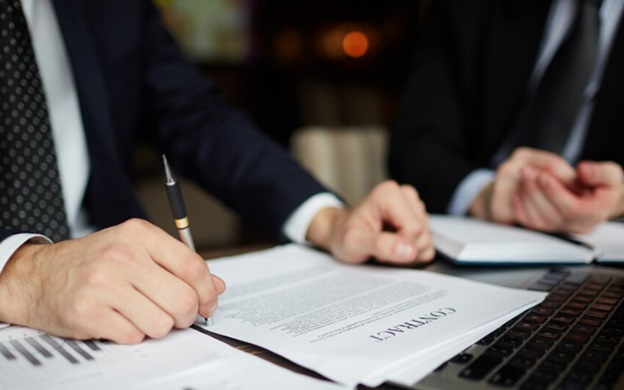It’s bad enough to get hurt. It’s difficult to prove that someone else is responsible. The success of any personal injury case, whether it involves a car accident, a slip-and-fall, or another type of injury, usually boils down to responsibility.
Liability is simply legal responsibility. Someone else may be held responsible for damages if they caused you injury due to negligence or wrongdoing. In most cases it is not enough to say “It’s their fault”. You have to prove this. How exactly do you go about doing that?
Take a look at the steps that are typically needed to create a solid personal injury claim.
1. Understand the Elements of Negligence
Negligence is at the core of many personal injury claims. In order to prove that another party is liable, you will need to show negligence. It involves proving the following four elements:
- Duty Of Care The other person was legally responsible to act in an acceptable manner. Drivers, for example, have a legal duty to obey traffic laws and not put others in harm’s way.
- Breach Of Duty : This duty was violated. It could be running a red-light, not cleaning up a spill or ignoring safety protocol.
- Cause: Your injury was directly caused by the breach. It is also called “cause-in-fact,” which means that the injury would not have occurred without the actions of the other party.
- Damages : You have suffered harm that is measurable, such as medical bills, lost wages or pain.
It may be difficult to hold someone responsible if even one of these elements are missing.
2. Gathering strong evidence
Evidence is required to prove liability. The stronger your case is, the more convincing and detailed your evidence. Evidence can be in many forms.
- Photos or videos: Photographs of the accident site, damage to property, or injuries are powerful evidence.
- Eyewitness statements : Eyewitnesses are able to confirm your version and fill in any gaps.
- Medical Records: These documents document your injuries, and they link them back to the incident.
- Accident Reports: Police or business reports can provide a more objective account.
- Expert Testimony: In certain cases, it may be necessary to consult experts such as doctors, accident reconstructionists or safety professionals in order to understand how and why an injury occurred.
It is crucial to gather this evidence as quickly as possible. Memory fades and physical evidence may disappear over time.
3. How to Show a Direct Relationship
It can be difficult to prove that another party’s action directly caused your injury. Defense lawyers may argue that the accident was caused by something else or by a pre-existing condition.
Documentation and timing are important. It’s easier to prove a link if you seek medical attention immediately after the accident and your injuries match what happened. If you have a long wait or gaps in treatment, this can hurt your claim.
4. Anticipating Defenses
You should also be aware of the possible arguments that your opponent might make. Some common defenses include:
- Comparative Negligence: You might be accused of being partially at fault.
- Assumption: you knew the risks and decided to proceed.
- No Damages They may claim that you were not actually injured or did not seek treatment.
Being prepared with clear evidence to counter these arguments and a timeline will help you protect your case.
Final Thoughts
It takes more than pointing a finger to prove liability in a personal injuries case. You need to build a solid case, with evidence that is clear, an understanding of negligence and the ability connect the dots.
From how the accident occurred to your response afterwards, every detail is important. Injury victims will be better prepared to seek fair compensation if they know what is required to prove their liability.
This post was written by a professional at Jeanette Secor, PA Attorney At Law.
For over 20 years, the law office of Jeanette Secor, PA in St. Petersburg, FL, has been the go-to choice for those seeking justice after an injury. Renowned as best slip and fall attorneys St petersburg Fl, Jeanette Secor has a proven track record of successfully representing clients in car accidents, motorcycle accidents, and slip-and-fall incidents.

